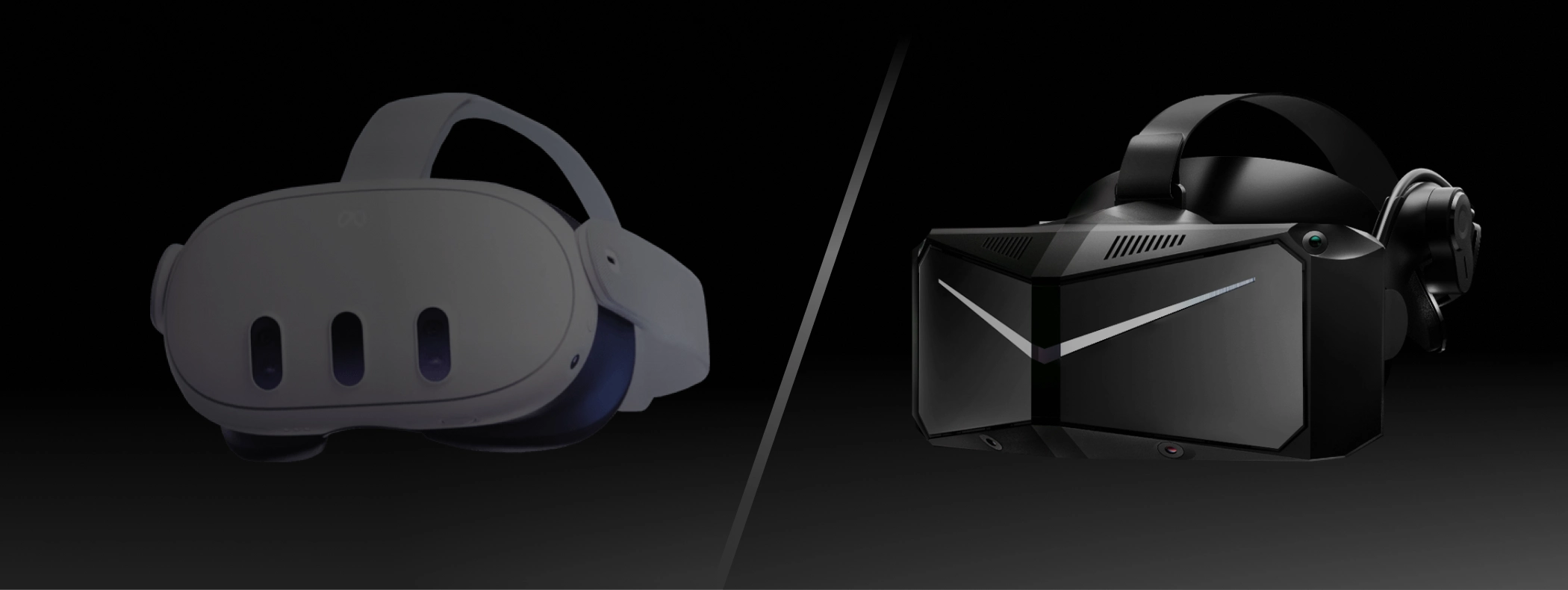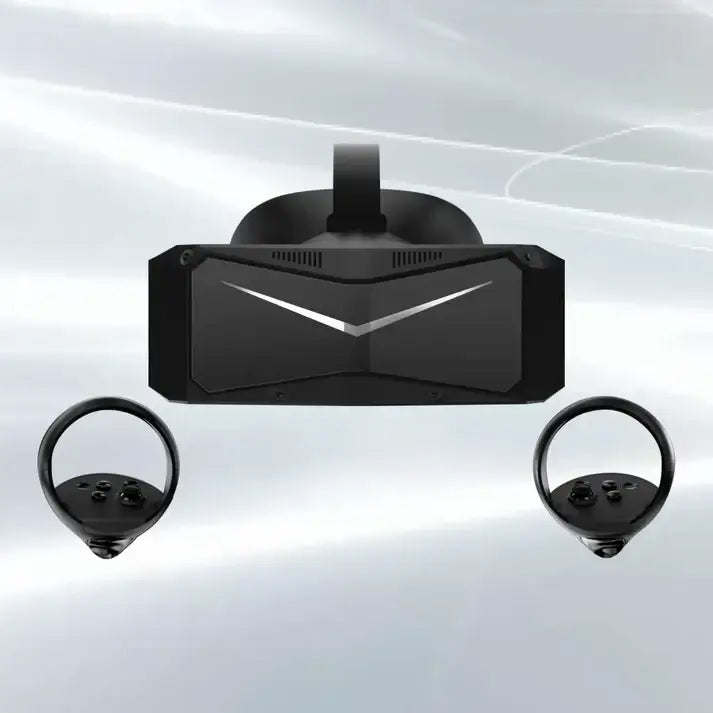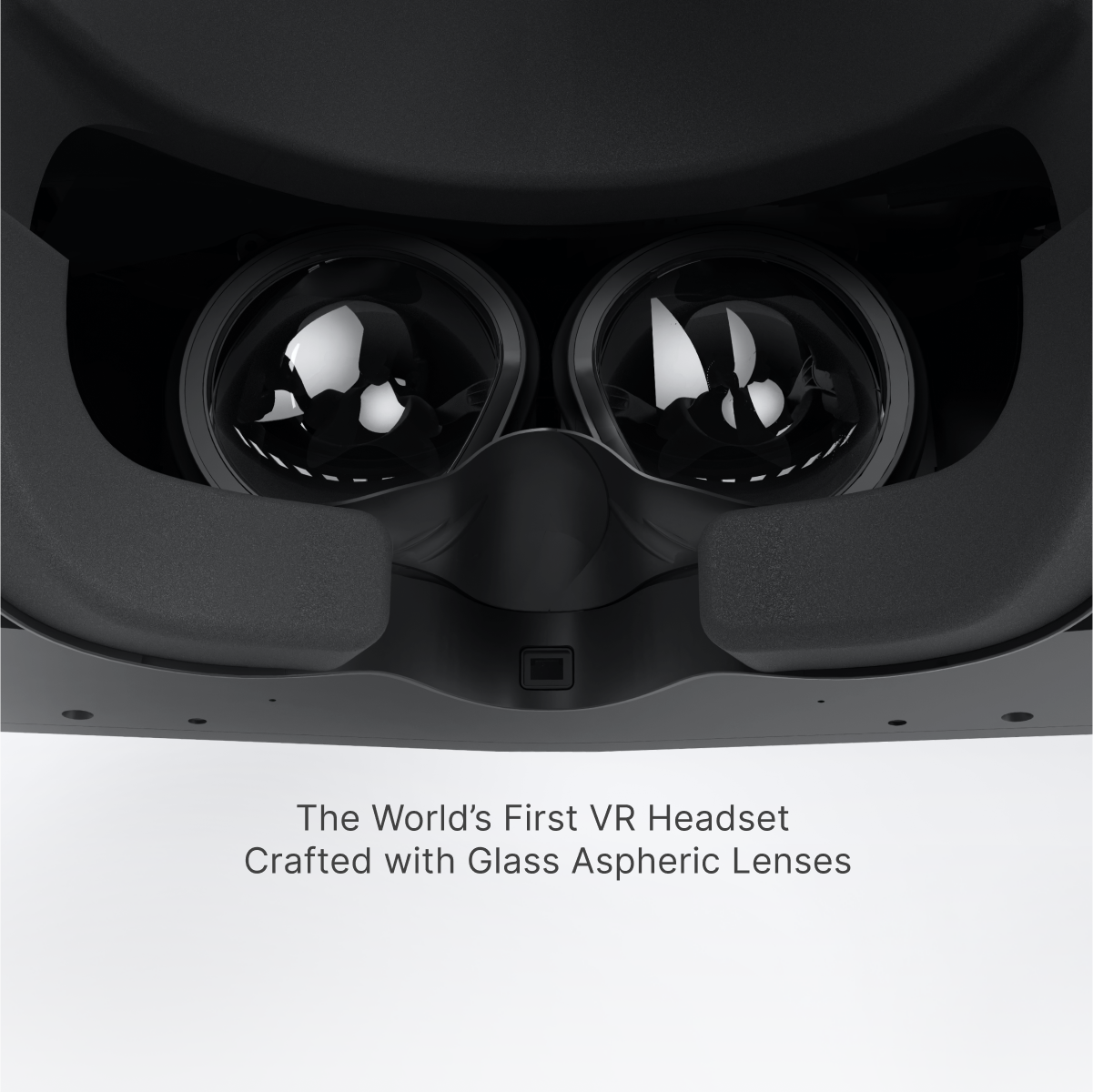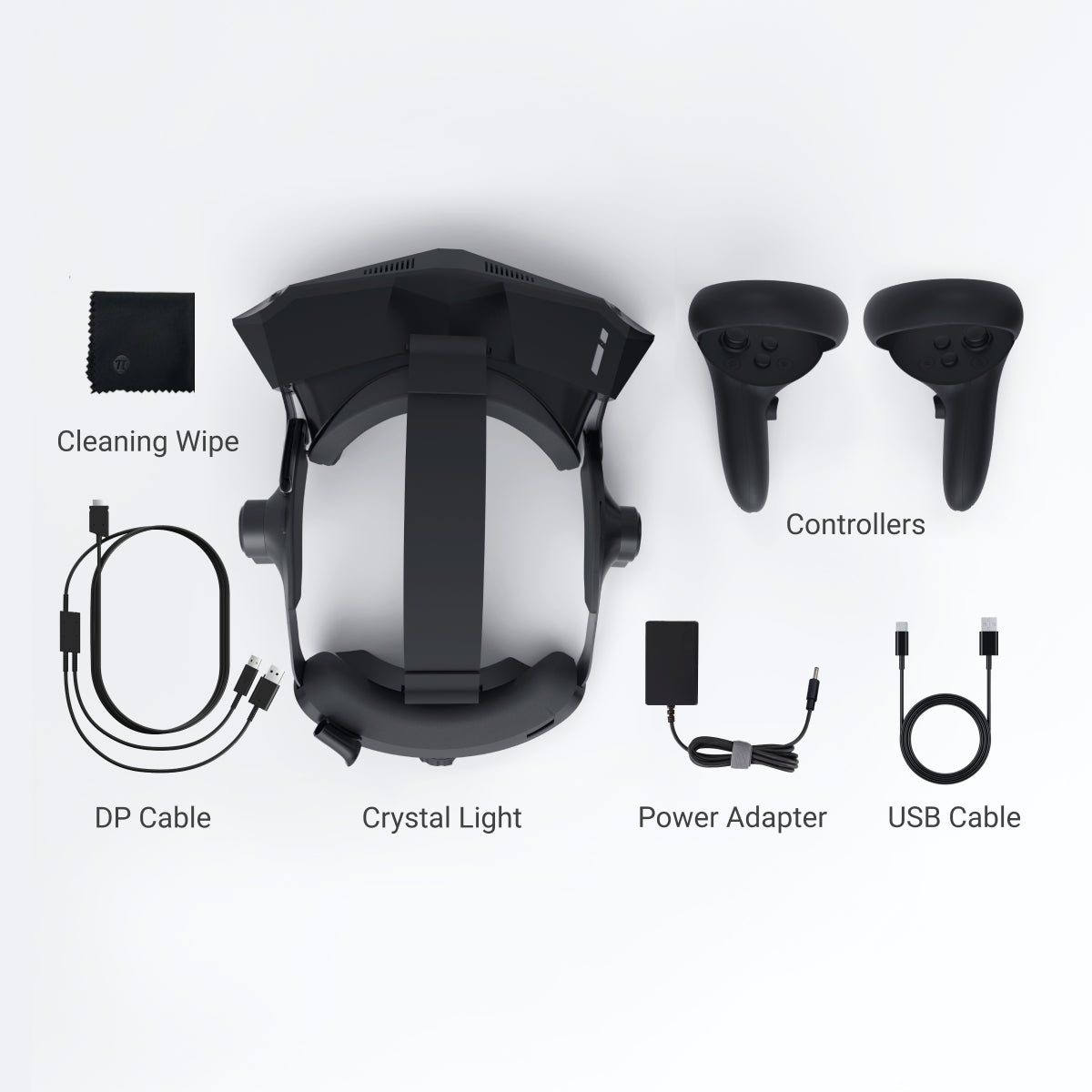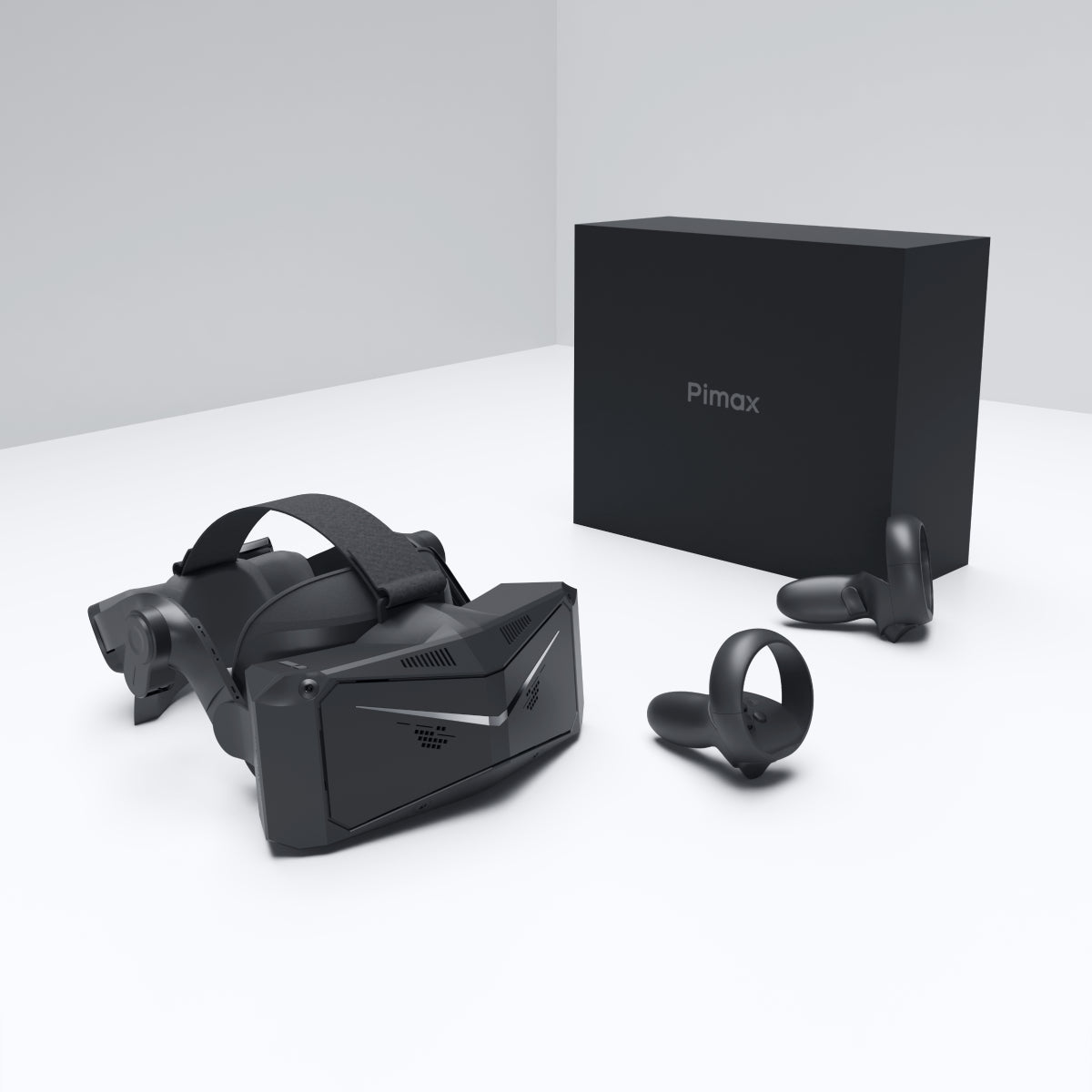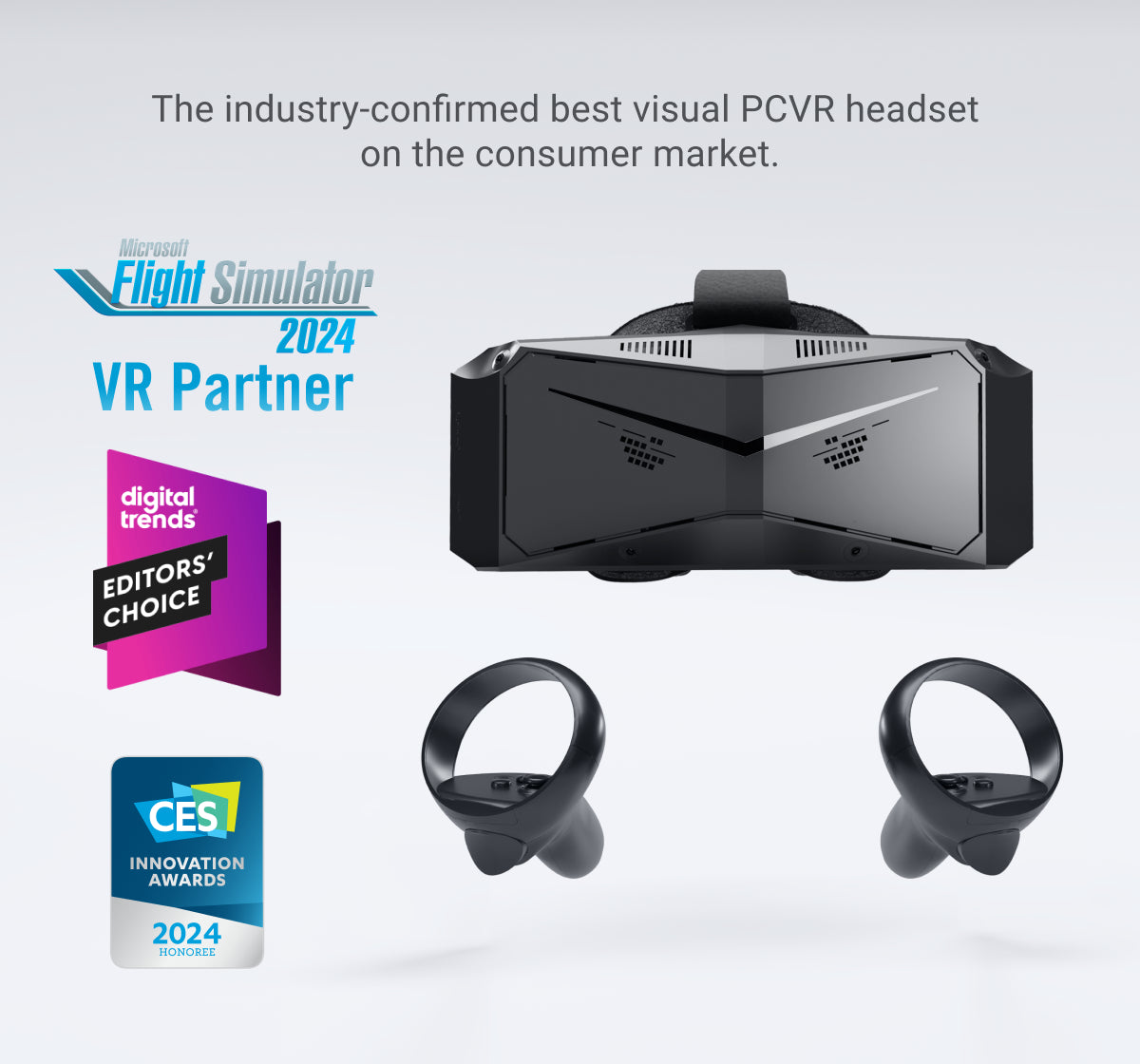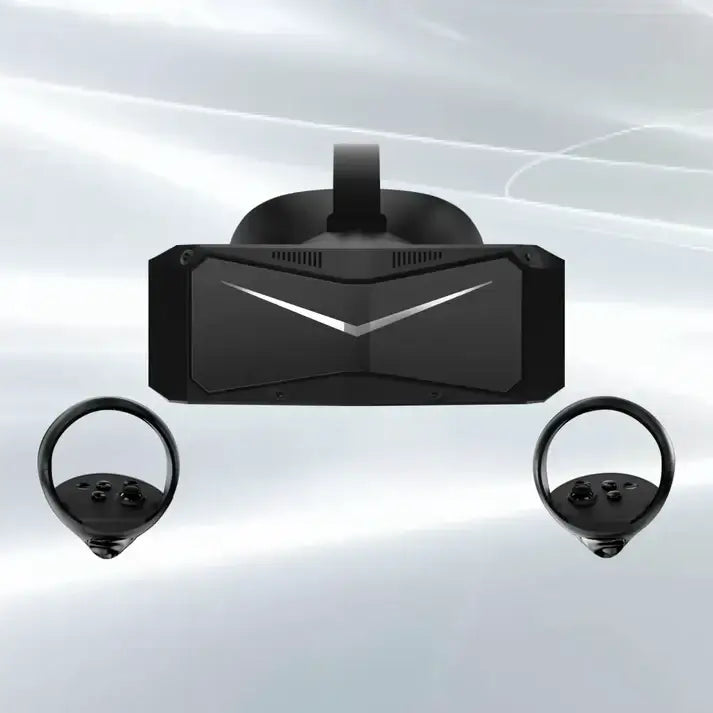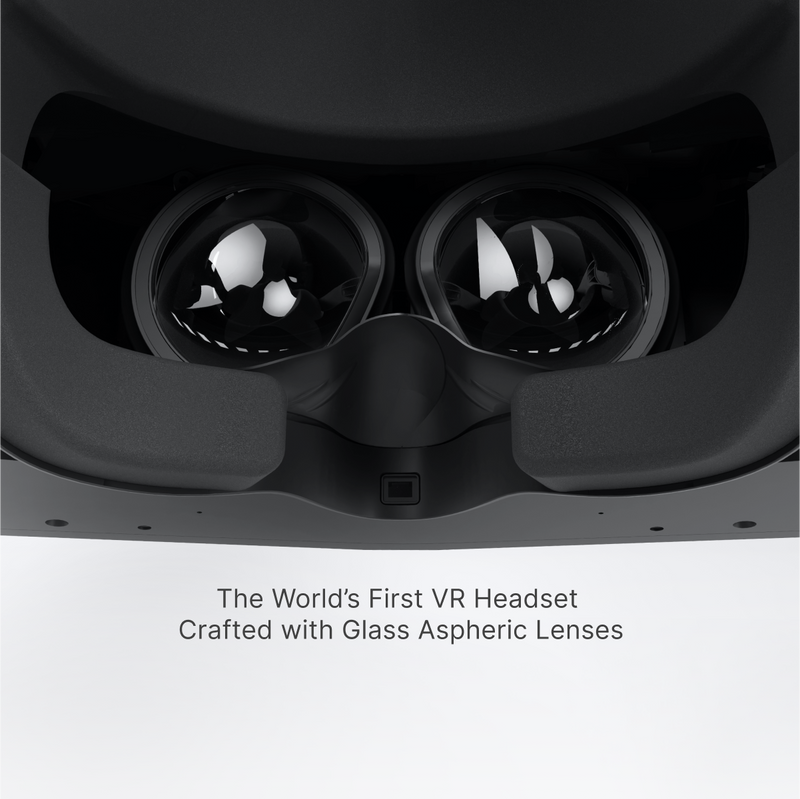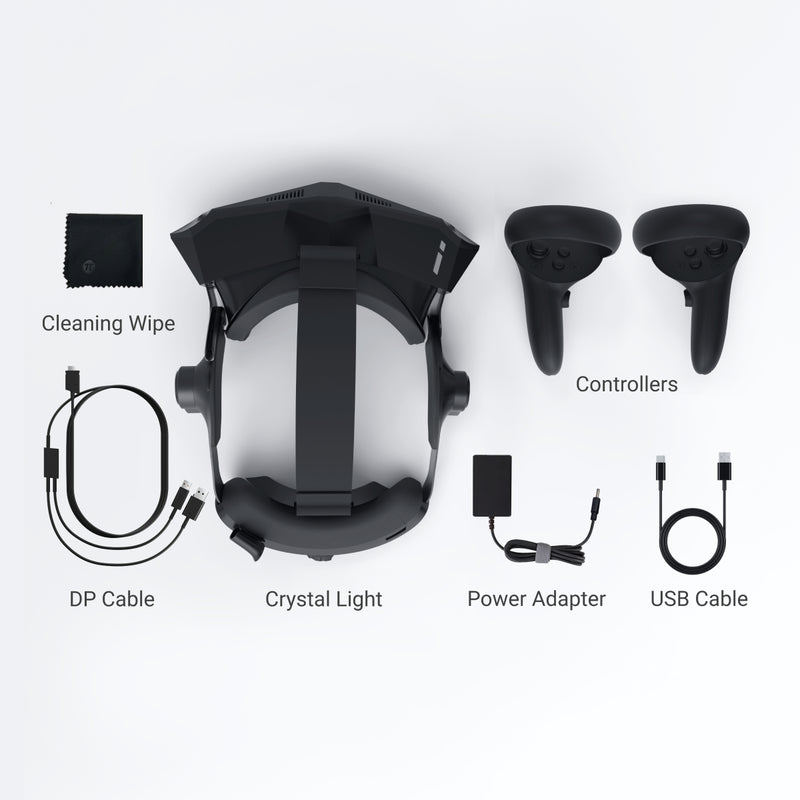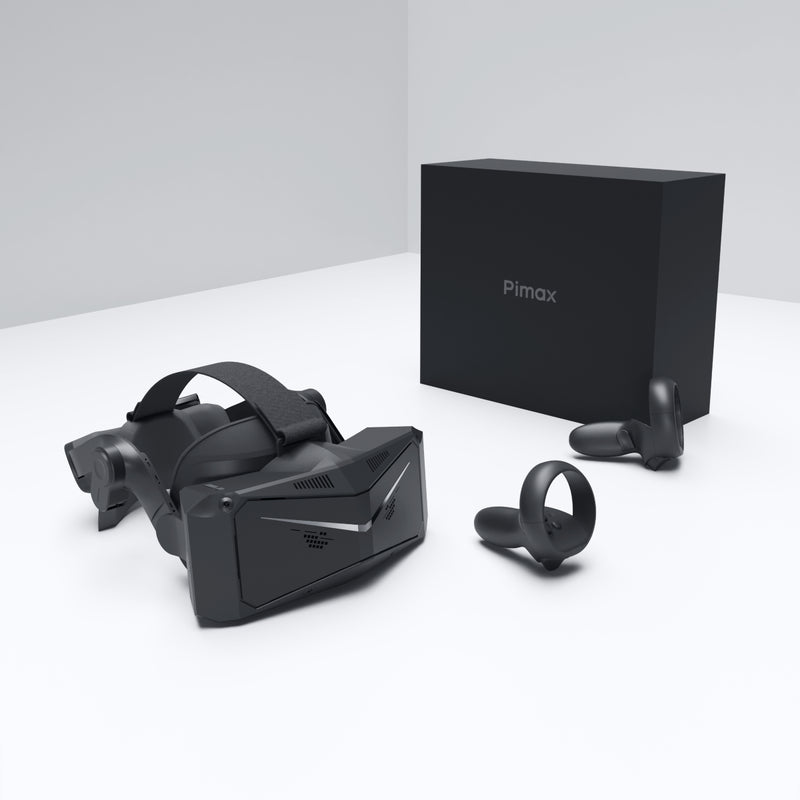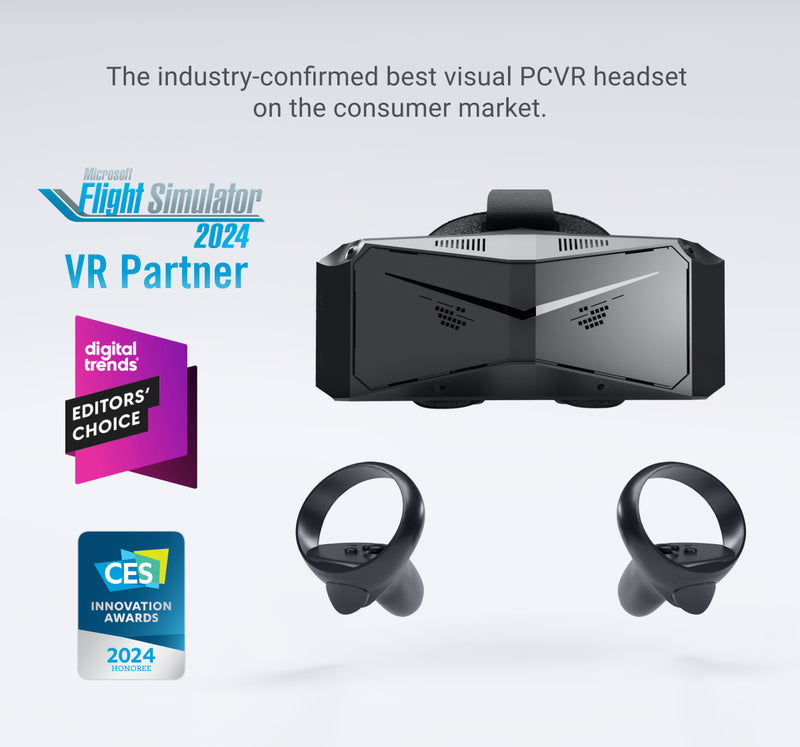Qu'est-ce que la 4K native ?
La résolution native 4K fait référence aux contenus dont la résolution d'entrée d'origine est de 3840x2160 pixels, soit environ 8,3 millions de pixels, également appelée 4K. Cette haute résolution offre des visuels incroyablement nets et détaillés. Avec des casques VR 4K natifs tels que Pimax Crystal Light, qui affiche une résolution de 2880X2880, soit environ 8,3 millions de pixels, ce que vous voyez à l'écran correspond exactement à ce qui a été capturé ou créé, garantissant la plus grande fidélité visuelle possible.
La résolution améliorée de Meta Quest 3 est-elle la même que la résolution native 4K de Pimax Crystal Light ?
En comparant les capacités de résolution du Meta Quest 3 et du Pimax Crystal Light, la différence est évidente. Le Meta Quest 3 utilise la conversion ascendante 4K, un processus qui améliore une résolution d'entrée inférieure de 2064 × 2208 (~ 4,5 millions de pixels) à 4K. Bien que cela puisse améliorer la qualité visuelle, cela n'atteint pas tout à fait la netteté et la clarté de la 4K native. Le Pimax Crystal Light, en revanche, offre une véritable résolution 4K native 2880X2880 (~ 8,3 millions de pixels), garantissant que chaque détail est net et réaliste sans les artefacts ou le flou qui peuvent résulter de la conversion ascendante.
Pourquoi la résolution 4K native est-elle meilleure que la 4K upscale dans les jeux ?
La différence entre la 4K native et la 4K améliorée devient particulièrement évidente lorsque vous jouez à des jeux exigeants visuellement tels que DCS ou iRacing. En 4K native, les textures, les contours et les petits détails sont rendus avec précision, créant une expérience plus immersive et réaliste. La 4K améliorée, bien que toujours impressionnante, peut parfois avoir du mal à gérer les détails plus fins et peut introduire des artefacts visuels, en particulier dans les scènes rapides ou complexes. La capacité 4K native du Pimax Crystal Light offre une expérience de jeu supérieure, avec des visuels à la fois plus détaillés et plus cohérents.

Quel est l’avantage du câble pour la 4K native ?
Bien que le Meta Quest 3 sans fil offre une liberté de mouvement, il présente des limites, notamment en ce qui concerne la résolution 4K. La connexion filaire du Pimax Crystal Light est essentielle pour fournir la bande passante nécessaire au contenu 4K natif. En effet, il utilise une connexion DisplayPort (DP), qui fournit un signal de compression direct et sans perte au casque. Il s'agit d'un avantage considérable par rapport aux connexions USB, qui nécessitent une compression et une décompression de l'image, comme pour le streaming vidéo. Si vous avez déjà comparé un moniteur connecté via USB à un HDMI ou un DisplayPort, vous remarquerez que HDMI et DP offrent une qualité d'image bien supérieure. Le même principe s'applique ici : la connexion DP du Pimax Crystal Light vous permet de bénéficier pleinement des véritables visuels 4K, offrant une expérience que les systèmes sans fil comme le Meta Quest 3 ne peuvent égaler. Pour ceux qui privilégient la qualité visuelle, le câble et la connexion DP sont de petits compromis pour la clarté époustouflante de la 4K native.


